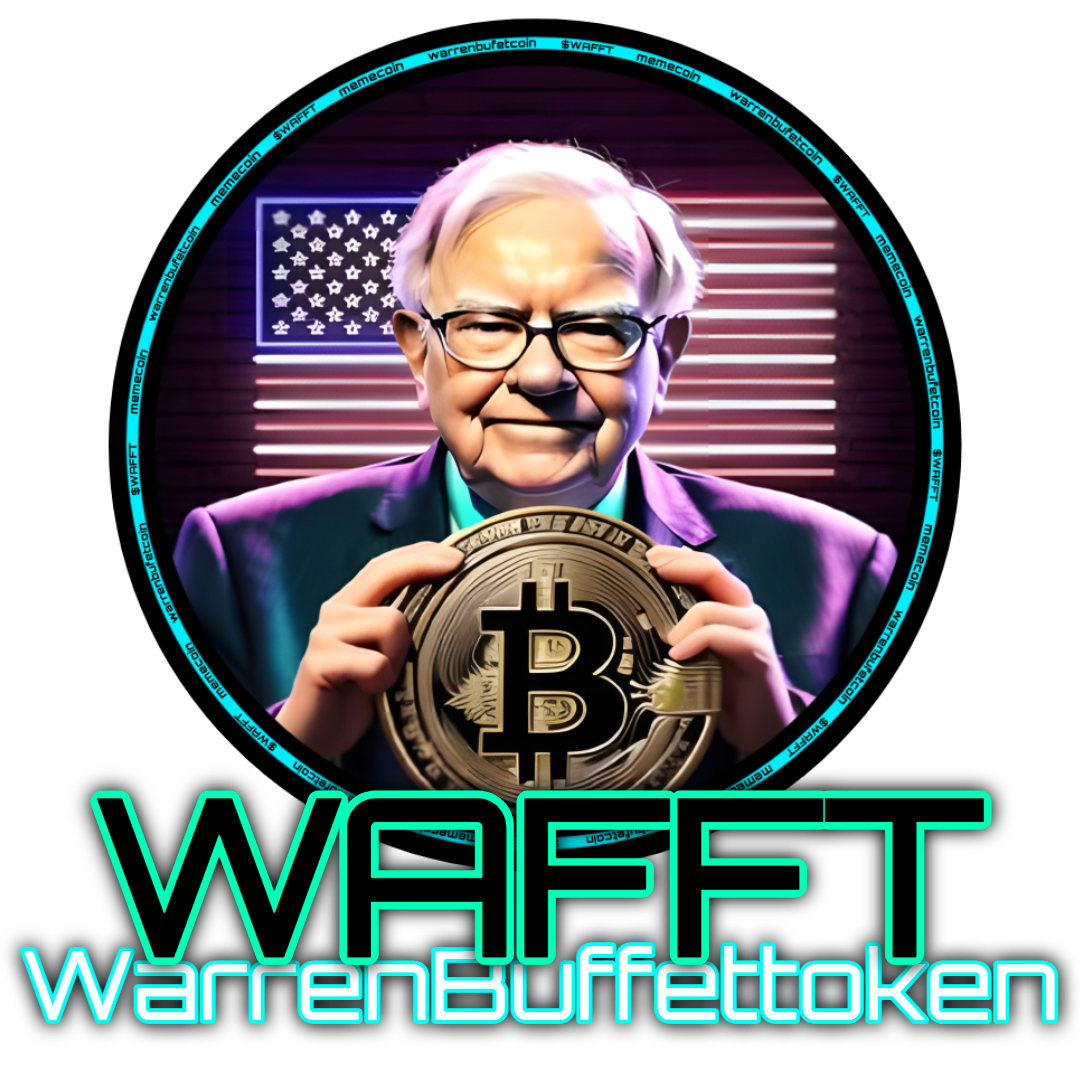Wrapped Assets Across Blockchains — wSOL, wETH & Use Cases
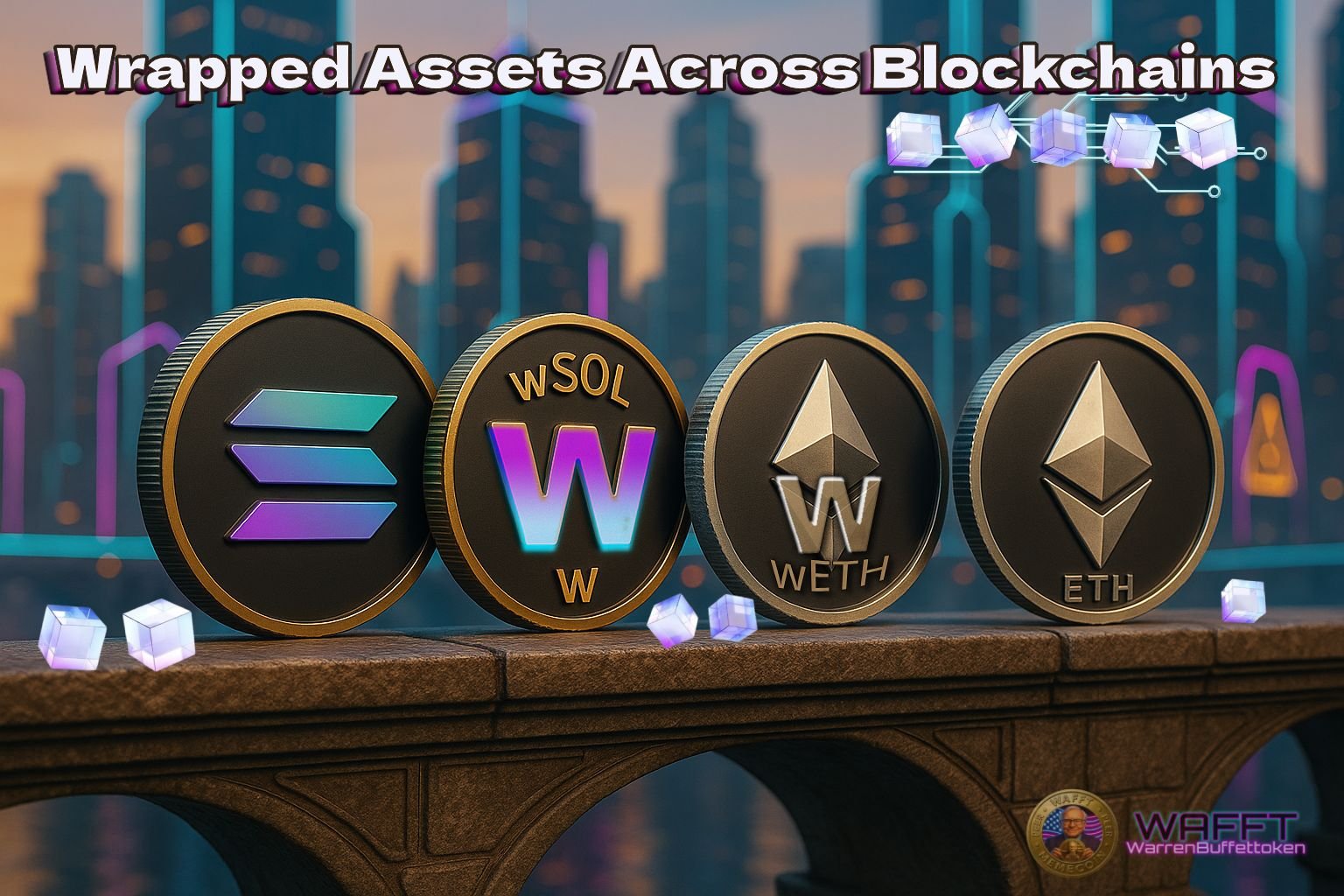
🧐 What they are:
“Wrappers” that let an asset from one chain be used on another.
Clear examples:
✵ SOL → wSOL (ERC–20) on an EVM network (Ethereum, Base, etc.)
✵ ETH → wETH (SPL) on a non–EVM network (Solana, etc.)
👉 Don’t confuse this with local wraps (like WETH on Ethereum): here we’re talking about crossing chains via a bridge.
🔑 Key facts:
Ethereum — wSOL (Portal/Wormhole ERC-20)
🔢 Decimals: 9
🧾 Portal (Wormhole) representation: contract address:
0xd31a59c85AE9D8EdeFEC411D448F90841571b89c(always verify the full checksummed contract address before interacting).Refs: Etherscan — Wrapped SOL (Wormhole) / Portal Bridge (Wormhole)
Solana — wETH (Portal/Wormhole SPL)
🔢 Decimals: 8
🧾 Portal (Wormhole) representation: mint address:
7vfCXTUXx5WJV5JADk17DUJ4ksgau7utNKj4b963voxs(always verify the exact mint address before interacting).Refs: Solana Explorer — Ether (Portal) / OKLink — token metadata
🧪 How they work (technical but easy):
- 🔒 Lock on origin: On the original chain your asset (e.g., SOL) is locked/escrowed in a bridge contract/program.
- 🧾 Message/Proof: The bridge emits a proof/attestation (signed or verified message) that those funds were locked.
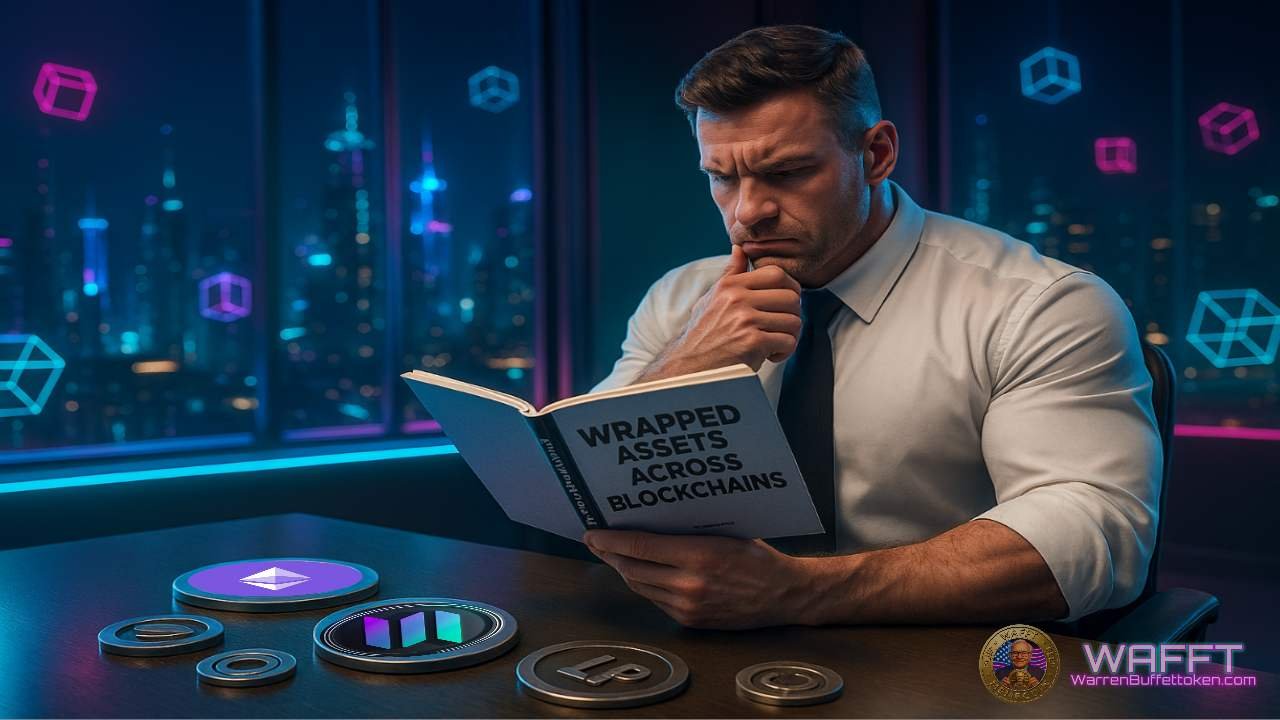
- 🪙 Mint on destination: On the destination chain the “wrapped” token is minted 1:1 (e.g., wSOL as ERC–20) with mint authority controlled by the bridge.
- 🔄 Way back: To return, the wrapped token is burned on the destination and, with the corresponding proof, the bridge releases the original asset on the origin chain.
- 🧲 1:1 parity (intent): Under normal conditions:
wrapped_supply(destination) ≈locked_funds(origin)
That relationship is the basis of its cross-chain “peg.”
🧰 Actors and pieces of the puzzle:
🧱 Lock contract/program (origin): holds the native asset.
- 🧪 Verifiers/relayers/guardians: confirm cross–chain events (depending on the bridge design: multisig, light client, validators, etc.).
- 🪙 Bridged token (destination): the minted ERC–20/SPL (wSOL, wETH…) with specific mint address/contract address.
- 🧷 Burn/release mechanics: ensures there’s no “duplicated asset.”

🔢 Standards and decimals:
- On EVM, “wrapped cross–chain” tokens are usually ERC–20 with 18 decimals (sometimes others, depends on the bridge).
- On Solana, they are SPL tokens and 9 decimals are common (but it can vary).
🎁 Takeaway: check the metadata (decimals/symbol) of the exact contract you’re going to use.
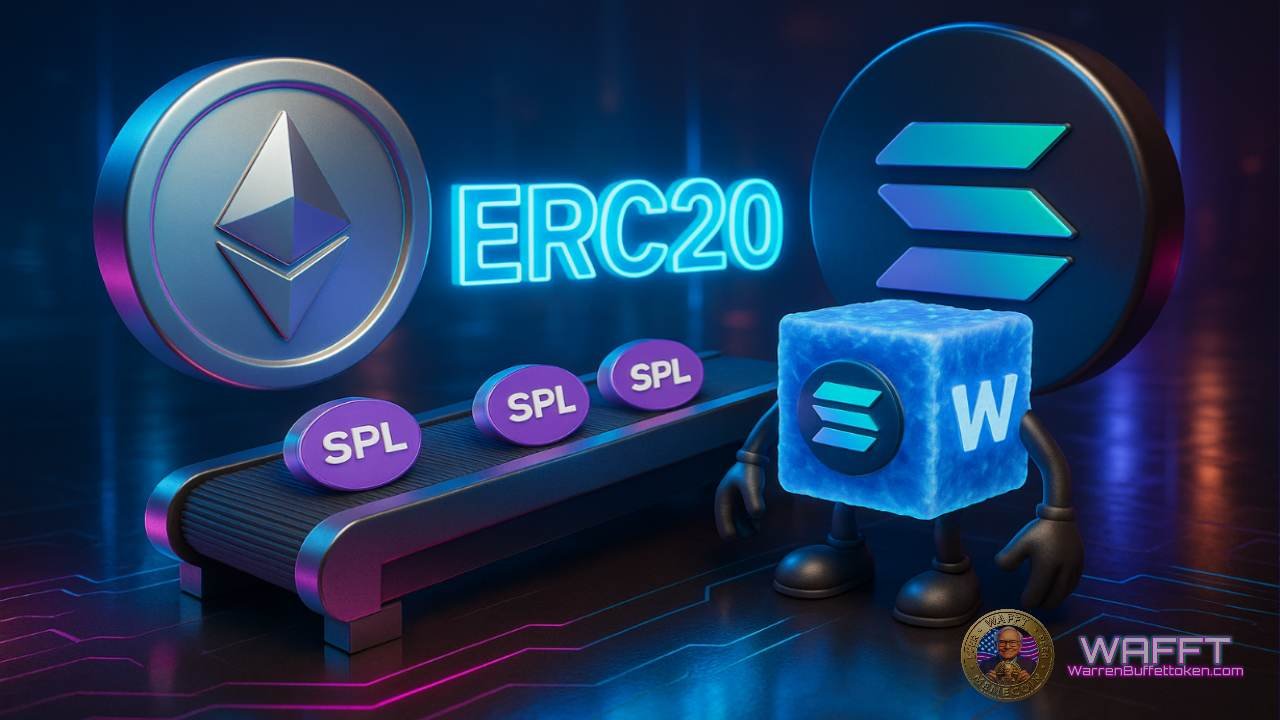
- 🏷️ Addresses and names (don’t let them confuse you):
- The name “wSOL”/“wETH” is generic; different bridges can mint different versions (with suffixes like .axl, .so, .e, etc.).
- The name “wSOL”/“wETH” is generic; different bridges can mint different versions (with suffixes like .axl, .so, .e, etc.).
🔎 Always verify:
- the ERC–20 contract address on the destination EVM, or
- the SPL mint address on Solana.
👉 The ticker may look identical, but the address is what matters.
- the ERC–20 contract address on the destination EVM, or
⚡ Clear mini-flows:
- SOL → wSOL on Ethereum (EVM): you lock SOL on Solana → the bridge mints wSOL (ERC–20) on Ethereum → you use wSOL in EVM DEX/vaults.
- wSOL → SOL (return): you burn wSOL on Ethereum → the bridge releases SOL on Solana.
- ETH → wETH on Solana (non–EVM): you lock ETH on Ethereum → wETH (SPL) is minted on Solana → you use it there as a native token of that ecosystem.
🧭 Difference from local wraps:
- Local wrap (same chain): ETH ↔ WETH on Ethereum (it just “puts on an ERC–20 suit,” it doesn’t cross chains).
- Cross–chain (between chains): requires a bridge; lock on origin and mint on destination (wSOL on EVM, wETH on Solana, etc.).
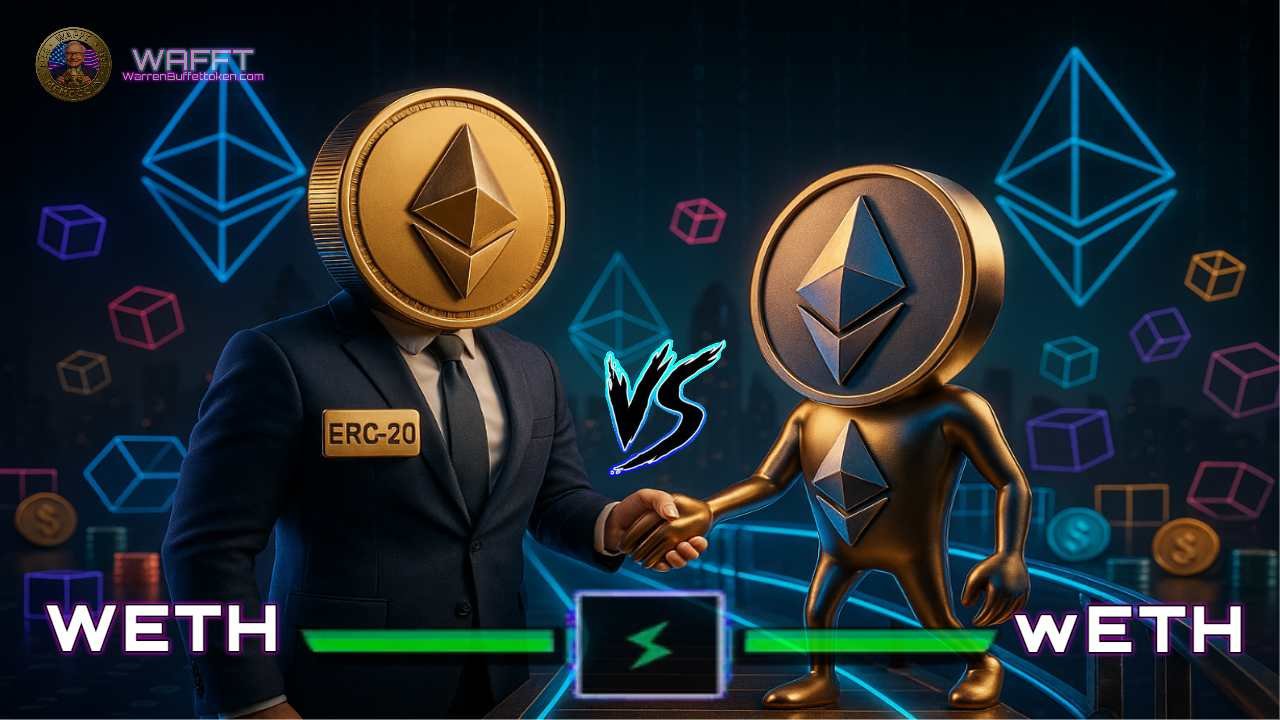

📝WAFFT notes:
⚠️ The risk lies in the bridge:
Your wrapped asset is only as secure as the bridge that created it. Research whether it uses multisig, light client, or decentralized validators.
✵ Bridges are frequent hacker targets. Choose bridges with a proven security track record.
- 🌐 Applies beyond Solana/Ethereum:
The same logic applies to bringing BTC to Polygon (as wBTC), ADA to Ethereum, or any asset across incompatible chains.
- 📌 Extreme verification required:
Always use links from the bridges’ official sites (portalbridge.com, wormhole.com, etc.) to find the correct addresses.
✵ Never trust DEX listings or Google results for wrapped contract addresses.
- 🔍 How to verify in practice:
- For wSOL on Ethereum: verify on Etherscan or on the Wormholescan.
- For wETH on Solana: verify on the official Solana explorer (Solscan) or on the Wormhole site.
✵ Always check the decimals and the exact symbol.
- For wSOL on Ethereum: verify on Etherscan or on the Wormholescan.
💡 WAFFTip: Visualize it like a passport: you leave your original at the “customs” (bridge) of chain A, they give you a passport (wrapped) to move on chain B; when you return, you hand in the passport and they give you back the original. Your trust is placed in “customs” (the bridge)—choose a safe one. Simple as that, simple as WAFFT. 🚀

☆ WAFFT summary: Cross–chain wrapped tokens are powerful tools to expand your strategy across ecosystems, but they require extreme verification. Always confirm the bridge, the contract, and the decimals.
Stay sharp with WAFFT — Path to Wealth. Learn fast, verify twice, execute once. Follow our channels to keep leveling up. 🗺️🚀
Why they matter 💡:
- 🌍 Pure flexibility: Take your same asset wherever the best dApps are (DEX, options, perps, vaults, money markets) without selling it. E.g.: you keep exposure to SOL but operate in an EVM stack with wSOL; or you stay exposed to ETH while using Solana dApps with wETH.
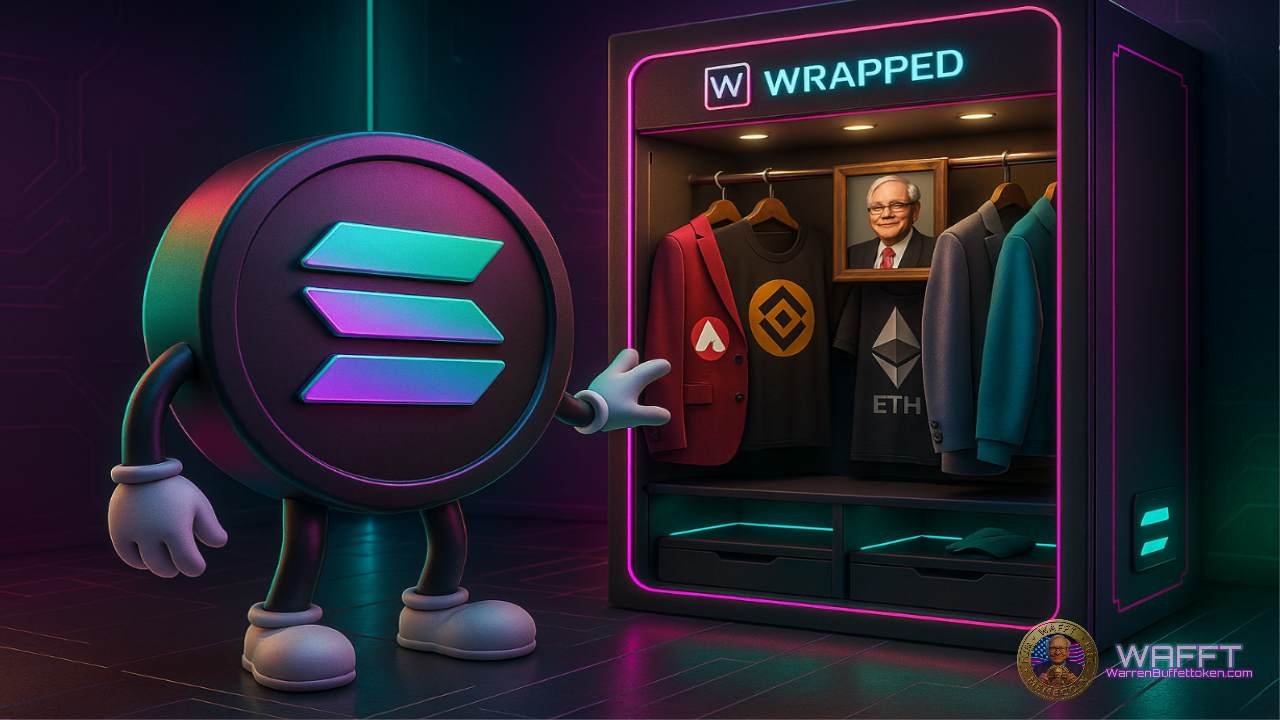
- 💸 Capital efficiency: You avoid “sell and rebuy” (slippage, fees, and potential tax effects). With the wrapped asset you post collateral and borrow on the destination network, or put it to work in strategies, without losing exposure to the original.
- 🧠 New strategies: Opens the door to LPs, farming, perps, and options in ecosystems where your native chain doesn’t have those tools. You can set up delta–neutral setups, hedges, or basis trades while keeping the original asset.
- 🌊 More liquidity, better execution: By existing across multiple ecosystems, your asset finds more pools and order books. Result: better routes and potentially better pricing to enter/exit or rebalance positions.
💡WAFFTip: Check pool depth in explorers like DeFiLlama or on the DEX itself.
- 🏦 Multichain treasuries: DAOs and teams can manage payments, collateral, and reporting on different networks without changing the exposure of the main balance (the wrapped asset “speaks” the local standard, making accounting cleaner).
- ⚙️ Frictionless composability: On the destination network, your wrapped asset uses the local standard (ERC–20/SPL):
approve/transferFrom, zaps, routers, and smart wallets work out–of–the–box, enabling atomic flows (swap → LP → stake in a single tx). - 🚀 Costs and speed: Some networks offer low fees and fast confirmations; moving your asset “as is” to that environment lets you iterate strategies with lower operating cost.
(Note: The total cost includes the bridge gas on the origin chain, bridge fees, and possible withdrawal fees on the bridge.)
WAFFT Universe: learn fast, verify twice, execute once. 🚀

⚠️ Watch out for…
- 🌉 Bridge risk: The bridge is the one that locks the asset on chain A and mints the wrapped on chain B. If it has bugs, compromised keys, a weak multisig, or failing oracles, the 1:1 parity can break (depeg). Translation: there could be more wrapped than collateral or you might not be able to redeem quickly.
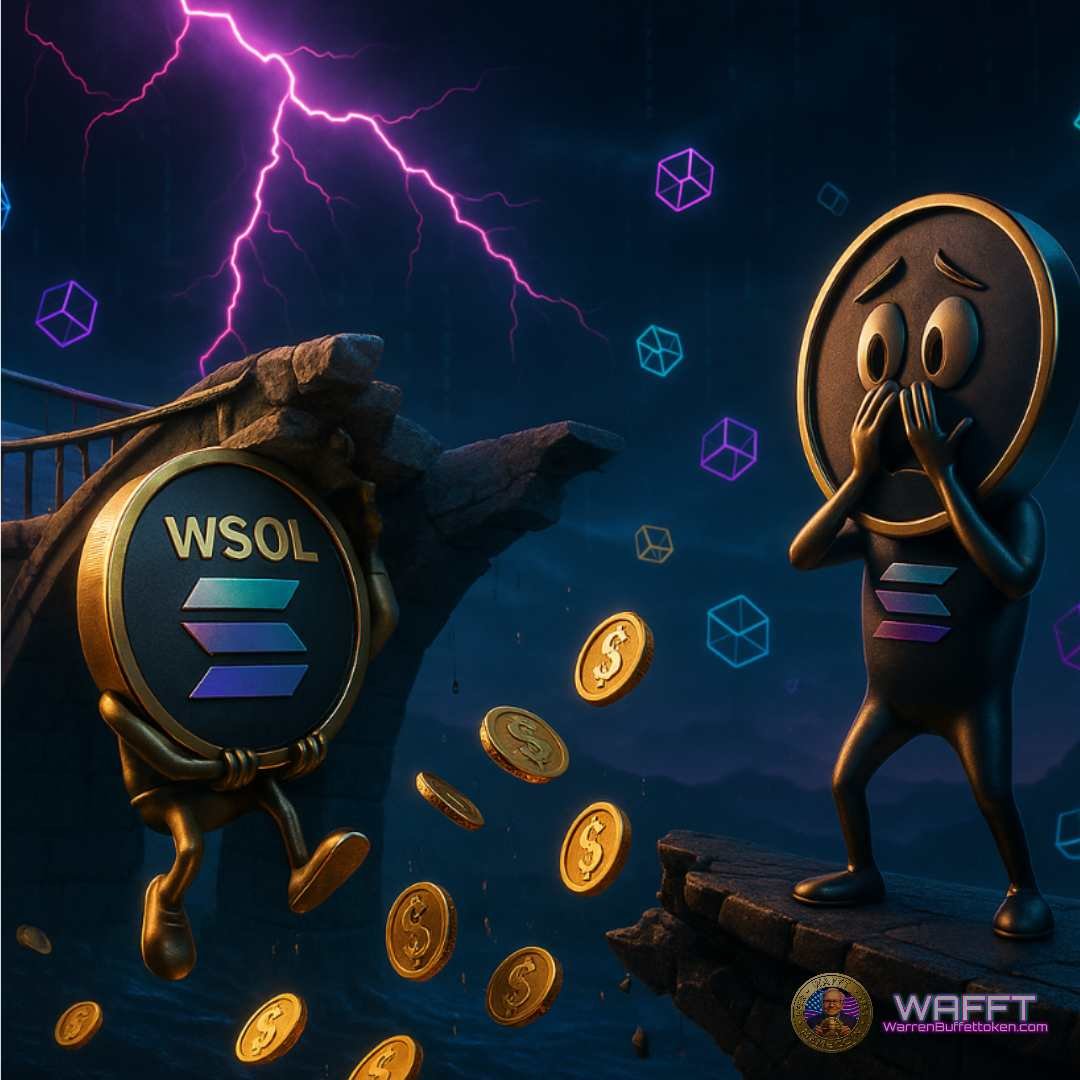
- Multisig: multiple signatures to authorize; the more independent and secure, the better.
- Oracle: the “source of truth” that reports cross–chain events.
- Multisig: multiple signatures to authorize; the more independent and secure, the better.
💡WAFFTip: Check bridge security with De.Fi Scanner or L2BEAT (Bridges), and review activity on the bridge’s official explorer—e.g., Wormholescan, Axelarscan, or LayerZero Scan—before you use it. Confirm the chain ID in your wallet (or on Chainlist).
- 🌊 Fragmented liquidity: The same wrapped asset can exist in several versions (depending on the bridge) and on multiple chains. Result: liquidity gets split and some pools are shallow, which increases slippage (you execute at a worse price than expected).
- Slippage: difference between the price you see and the one you get due to lack of depth.
- Slippage: difference between the price you see and the one you get due to lack of depth.
- ⏱️ Return costs and times: Going back to the original can involve extra fees and delays (withdrawal windows, challenge periods in rollups, long confirmations). Plan time and fees if you need liquidity on a specific date.
- Challenge period: waiting time on some bridges where transactions can be reviewed before finality. Funds aren’t available during this period.
- Bridge liquidity: Verify available withdrawal limits; some bridges don’t have immediate liquidity for large amounts.
- Challenge period: waiting time on some bridges where transactions can be reviewed before finality. Funds aren’t available during this period.
- 🧿 Token look-alikes: There are clones with the same name. Never paste addresses from shady sites. Verify the contract address/mint address in the official explorer, check decimals (usually 18 on EVM, 9 on Solana SPL), symbol, supply, and links to the official site before interacting.
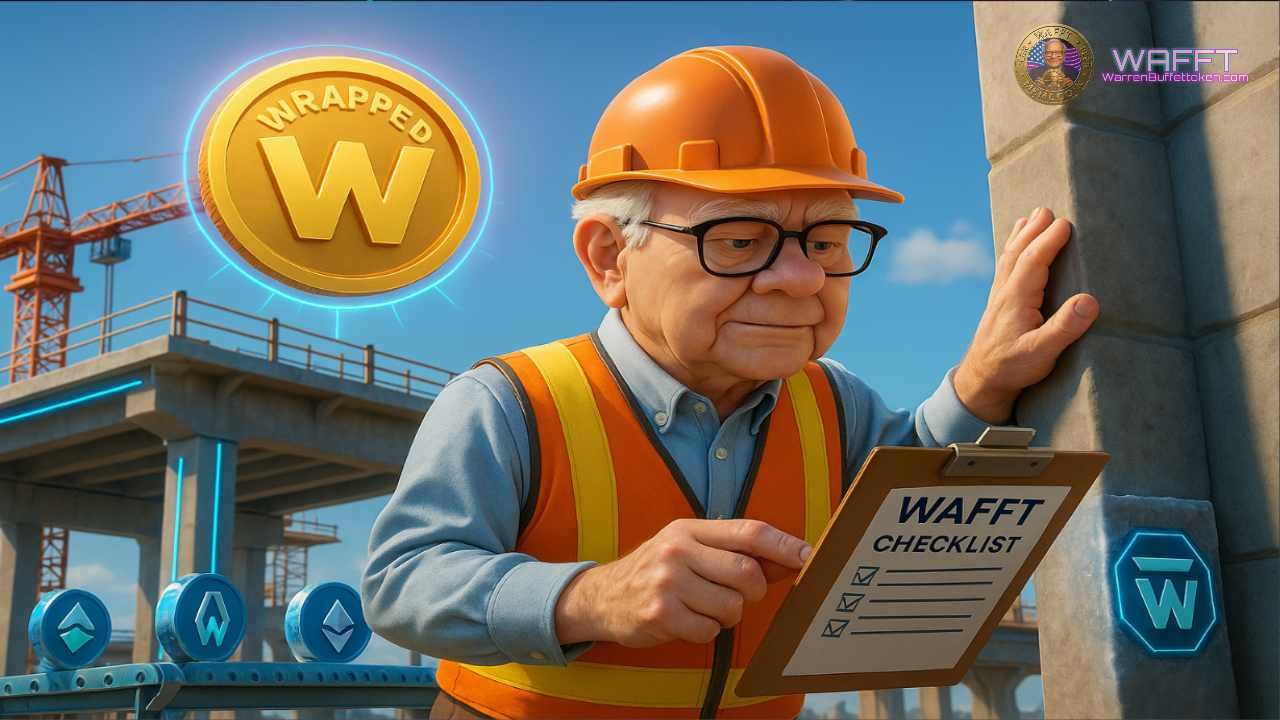
⚡WAFFT checklist: Trusted bridge → correct contract on the destination network → pool/route depth → return fees and time → small test (minimum amount).
First validate, then execute. Learn fast, verify twice, execute once. Stay sharp with us. 💪🚀
